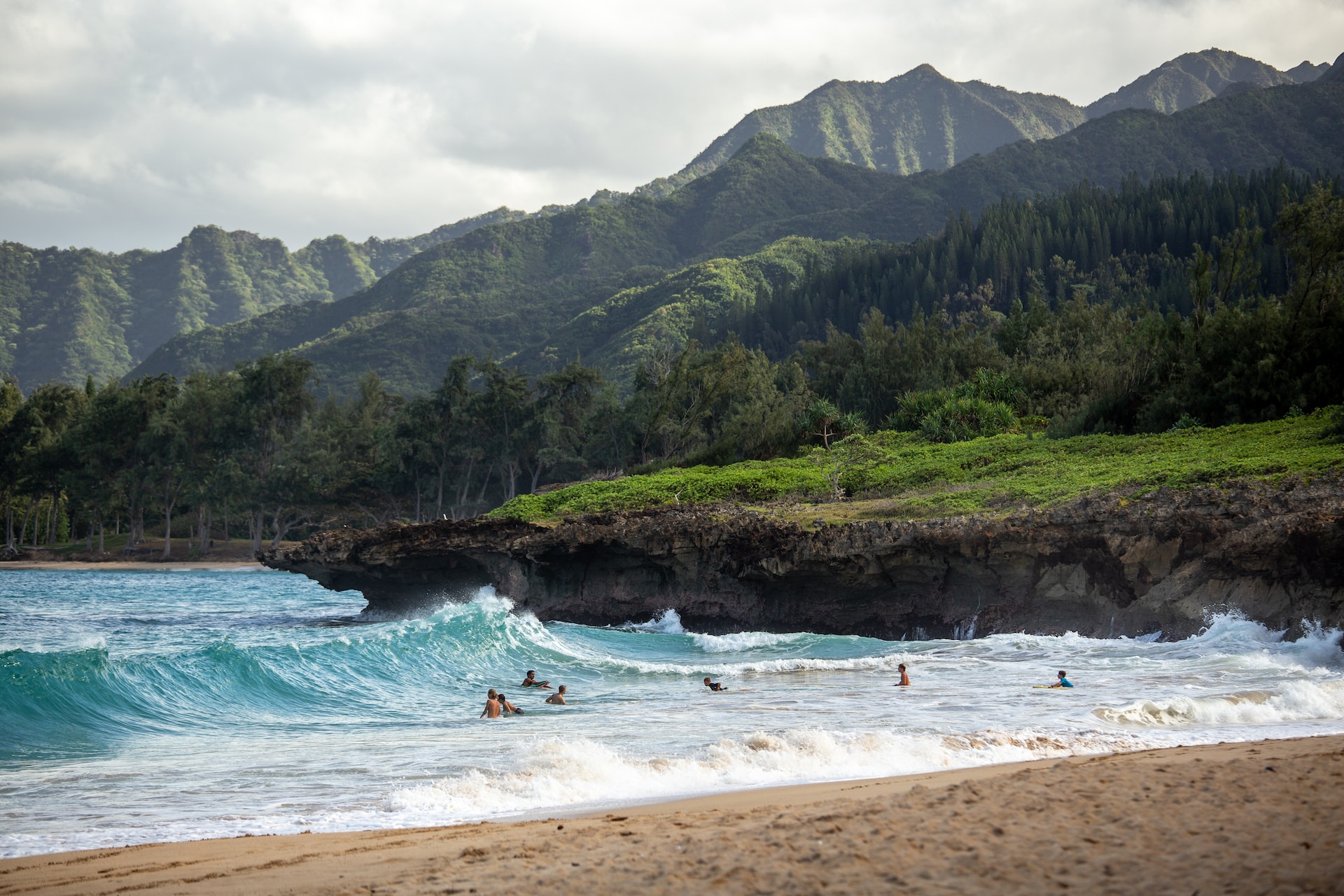Hawaii, the Aloha State, is a unique archipelago located in the Pacific Ocean, a veritable paradise known for its lush landscapes, stunning beaches, and vibrant cultural history. This diverse chain of islands, the 50th state admitted to the United States, is not just a tropical vacation destination, but also a place rich in geological marvels, ecological wonders, and human history.
The Hawaiian archipelago comprises eight primary islands: Hawaii, Maui, Oahu, Kauai, Molokai, Lanai, Niihau, and Kahoolawe. Each island offers its own unique charm and attractions, promising diverse experiences for the visitors.
The Big Island, officially known as Hawaii, is a volcanic wonder, and is the largest of the Hawaiian Islands. Its size is so significant that all the other Hawaiian Islands could fit inside it. The island’s landscapes are diverse, ranging from the snowy peaks of Mauna Kea to the lava flowing from Hawaii Volcanoes National Park. This island is a constant reminder of the powerful natural forces that gave birth to the archipelago.
Maui, the second largest island, is famous for its stunning beaches and the scenic drive along the Hana Highway. Maui offers opportunities for whale watching, with the warm waters around the island being a popular breeding area for humpback whales. The Haleakala National Park, home to the world’s largest dormant volcano, is another must-visit spot in Maui.
Oahu is the most populated island and the heart of Hawaii in terms of commerce and tourism. It houses the state capital, Honolulu, and notable historical sites like Pearl Harbor. Waikiki Beach, a global tourist hub known for its clear waters, sandy beaches, and world-class resorts, is also located on Oahu. In the island’s heart, you’ll find the Nuuanu Pali Lookout, offering panoramic views of Oahu’s windward side.
Kauai, also known as the Garden Isle, is covered in lush vegetation and offers some of the most dramatic landscapes in Hawaii. The Na Pali Coast, with its towering sea cliffs and cascading waterfalls, and Waimea Canyon, often referred to as the “Grand Canyon of the Pacific,” are among the island’s highlights.
The Hawaiian culture is as vibrant as its landscapes. Rooted in the traditions of the Native Hawaiians, it has been influenced by a variety of cultures, including Polynesian, Japanese, Filipino, and American, among others. The Hawaiian language, Hula dance, and music, particularly the ukulele and slack-key guitar, are prominent elements of the local culture. The Aloha spirit, a guiding principle in Hawaiian life that emphasizes kindness, unity, and a peaceful existence, is warmly felt throughout the islands.
Local cuisine is another aspect of Hawaii’s culture that shouldn’t be overlooked. Traditional Hawaiian foods like poi (taro root paste), laulau (pork wrapped in taro leaf), and poke (raw fish salad) offer an authentic taste of the islands. Modern Hawaiian cuisine, marked by the fusion of different culinary traditions, presents dishes like the Loco Moco, Spam Musubi, and Shave Ice.
Hawaii’s ecological diversity is extraordinary. The islands are home to numerous endemic species – organisms that can’t be found anywhere else in the world. The state bird, the Nene, or Hawaiian Goose, and the Hawaiian Monk Seal are examples of such species. Sadly, many Hawaiian species are endangered, and conservation efforts are critical to their survival.
In terms of climate, Hawaii is truly an all-year destination, thanks to its tropical climate. The temperatures are relatively consistent throughout the year, with two primary seasons: the dry season (April to October) and the wet season (November to March). However, each island has microclimates, meaning it can be sunny on a beach while raining in a nearby mountain.
Visiting Hawaii, you can’t miss the many outdoor activities available. From surfing on the North Shore of Oahu, hiking in Kauai’s wilderness, stargazing from Mauna Kea, to snorkeling in Maui’s Molokini Crater, the islands are a playground for nature enthusiasts.
Hawaii also has a deep spiritual aspect. Sacred sites like the City of Refuge on the Big Island and the ancient heiaus (temples) scattered across the islands provide a glimpse into the spiritual life of the ancient Hawaiians.
In summary, Hawaii is more than just a tropical paradise. It’s a place of stunning natural beauty, ecological diversity, and rich cultural heritage. It’s a place where the Aloha spirit permeates the air, inviting all to experience the warmth, kindness, and harmony that Hawaii represents. Its captivating beauty and unique charm have a way of imprinting on the hearts of those who visit, making Hawaii not just a destination, but a lasting experience. Whether you are a beach lover, an adventure enthusiast, a foodie, or a culture seeker, Hawaii has something to offer for everyone. It truly is a paradise in the Pacific.







